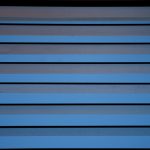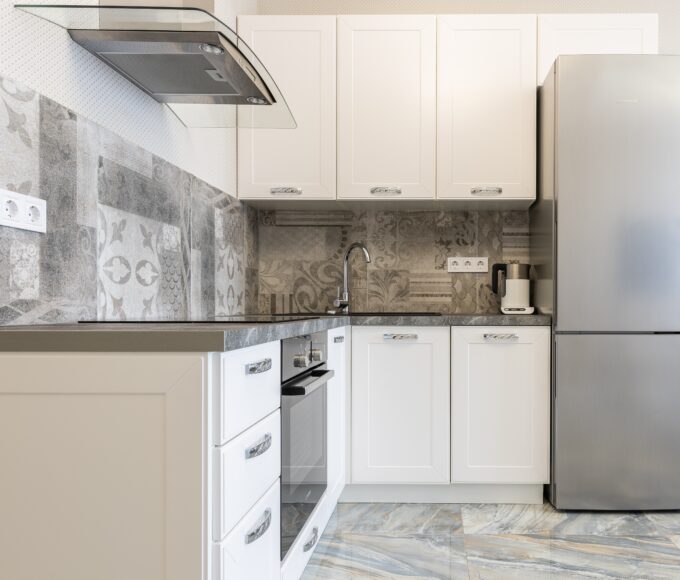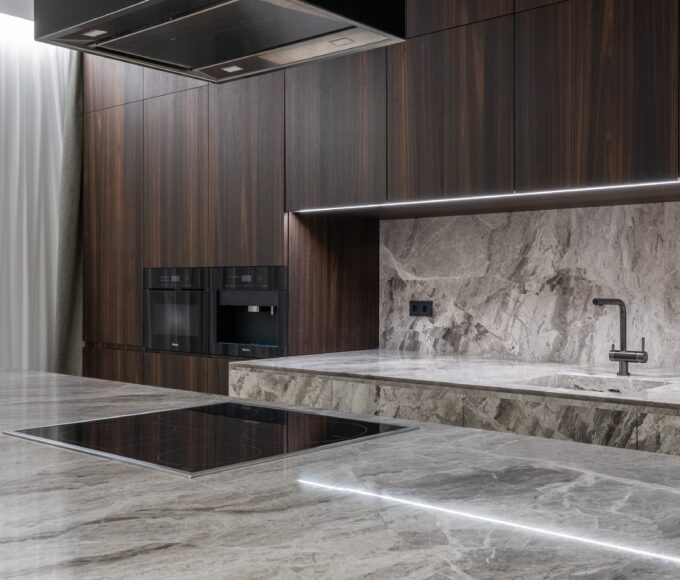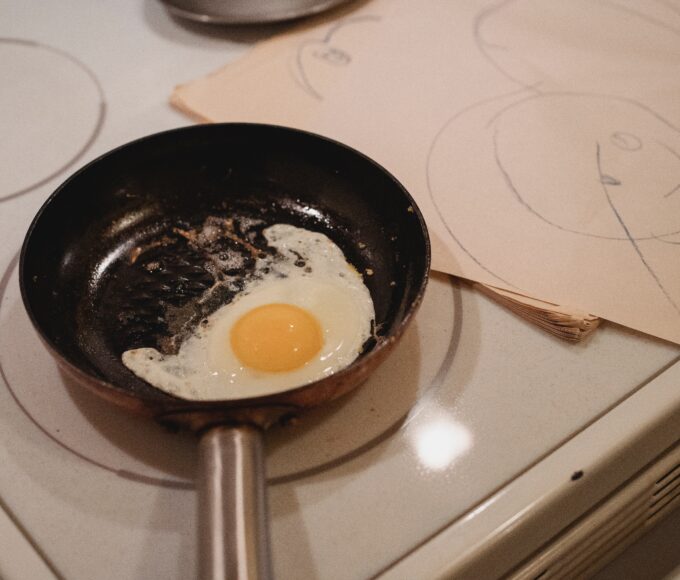How To Install Exhaust Fan In Kitchen Window

Do you want to know how to install exhaust fan in kitchen window?
Cooking is a significant source of indoor pollutants, so all kitchens should have an exhaust fan. An exhaust fan helps to remove grease, smoke, and fumes in the air when cooking on your stove or cooker. They also reduce cooking emission by removing them directly or increasing the overall air exchange to remove pollutants.
Installing an exhaust fan in the kitchen window may look complicated, but it is not. It is something that you can do if you have proper guidance. No matter the kind of window you have in your kitchen, you can still fix an exhaust fan quickly.
A kitchen exhaust fan is a must-have for those who enjoy cooking; a kitchen exhaust fan is required to expel smoke, grease, and fumes in the atmosphere when making food in your oven or on your gas burner.
I would like you to be aware of the two different exhaust fans before we go into their installation.
DUCTED KITCHEN EXHAUST FANS
The ducted kitchen exhaust fan works by absorbing air from your kitchen and exhausting it outside via a duct. Since this type of exhaust fan demands ducting and pipework running from your kitchen to the outside of your house, its placement options are limited.
Unlike their ductless counterparts, ducted exhaust fans expel moisture caused by humidity and cooking steam because they discharge the collected air outside rather than just reuse or filter it.
Ducted fans require careful installation, which you can leave to the professionals or do yourself based on your level of experience.
DUCTLESS KITCHEN EXHAUST FAN
Since ductless kitchen exhaust fans do not need to vent to the outside of your home and are ductless, you do not need to install them just where there is a duct. They work by sucking in air, filtering it, and then popping it back into the room, a process known as recirculation.
The filter frequently contains activated charcoal or carbon, which aids in the removal of odors and smoke air pollutants, which is then properly recirculated all across the kitchen.
Moreover, for the ductless fan to work properly and efficiently, the active carbon filter should be cleaned or replaced once or twice a year.
Before you begin the installation process, here are some pointers for installing an exhaust fan in the kitchen window:
1. Ducted fans are flexible and simple to set up, whereas ductless fans require careful installation, so seek the assistance of a professional.
2. Consider installing your kitchen exhaust fan at an appropriate height; it should be about 24 to 30 inches above your stovetop, maybe a little higher if you are tall but no higher than 36 inches.
3. Make sure that the overall length of your ducts does not surpass the airflow bandwidth of your exhaust fan.
4. For efficient operation, direct your exhaust fan to the shortest and preferably straightest route to the outdoors.
5. Collect all required tools and items.
Step To Install An Exhaust Fan
Pull out the Window Pane
The first thing to do when it comes to an exhaust fan installation is to remove the windowpane. If you are working with a double pane window, remove it from the casing.
Use Lexan in place of Glass.
If you install an exhaust fan into a pane of Glass, it is very likely for the Glass to crack. This will probably lead to a replacement. So, instead of allowing that to happen, make use of Lexan. Lexan is a strong material that you can see through and clean easily, just like Glass.
Make an Outline on the Lexan
Here, it would be best if you used the exhaust fan’s casing to trace its outline on the Lexan material. Be sure that the case is leveled before you begin to trace and draw.
Cut out a Hole
Cut the Lexan material for the installation of the fan. You can either use the method to use a jigsaw or use the technique where you use a glass cutter. It is preferable and safer to use a glass cutter because it leaves a clean-cut without ragged edges.
Return the Window
Once you have cut out the hole and installed the Lexan, you should return the window into its casing.
Install the Fan
Since you have returned the window into the casing, the next thing is to install the exhaust fan. Pull out the front cover of the fan so that you can slide the motor into the casing.
Make Holes for Screws
Put the case of the fan on the Lexan and mark spots for holes meant for screws. After that, remove the case and use a cordless drill to drill the holes. You have to be careful and drill right into the Lexan.
Set the Case
Mount the case back to the Lexan and screw in the bolts. Please make use of the locking nuts to keep them secured.
Place the Fan
Set the fan inside the mounted case and secure it with a retaining screw. Put the cover over the fan and connect to the nearest outlet.
There you have it! Your exhaust fan is successfully installed on your kitchen window. It’s not so difficult. With these simple steps, you are ready to do it yourself.
Conclusion
Installing a ducted exhaust fan is a bit more tasking. We advise that before attempting to install pipework and duct on your own, consult a specialist; however, if you have already done so, proceed as follows:
Determine how much pipe will be needed to stretch through your wall to the outside. Check the instructions on your new hood piping to see if it should be installed just above the range hood or directly behind it.
For the layout of the hood range fan, measure 24 to 30 inches above your kitchen range. Then cut into the wall with the fan template.
Understand that installing a kitchen exhaust fan is not a hard task, but you must be careful because the measurements, connection, and duct size must be known. A new exhaust fan installation is generally easy because you can choose whichever type of exhaust fan and installing options, but it takes a little longer than replacing an already existing exhaust fan.
Recent Posts
Best Smart Light Switch For Google Home
6th May 2023Best No Hub Smart Bulbs For Alexa And Google Home
6th May 2023How to connect smart light to google home
6th May 2023Best 2 burner induction cooktop built-in
29th April 2023Related Articles
Best 2 burner induction cooktop built-in
Cooking is an art that requires the right tools and equipment to...
ByOlaoluwa Johnson T.29th April 2023Best Induction Cooktop for Large Pans
Induction cooktops have revolutionized the way we cook our food. With their...
ByOlaoluwa Johnson T.29th April 2023Best Freestanding Induction Range
Cooking is an essential part of our lives, and having a reliable...
ByOlaoluwa Johnson T.29th April 2023Best High-End Induction Range
When it comes to cooking, having the right equipment can make all...
ByOlaoluwa Johnson T.11th April 2023










